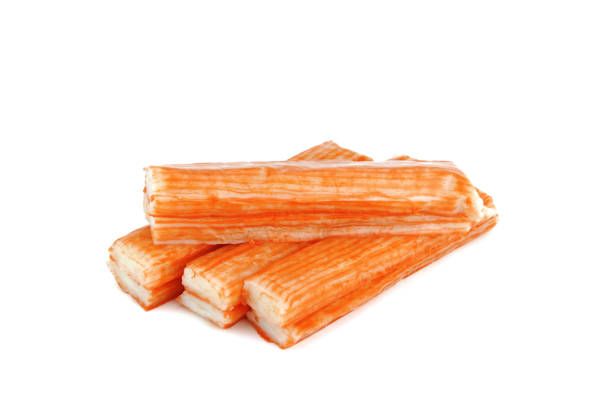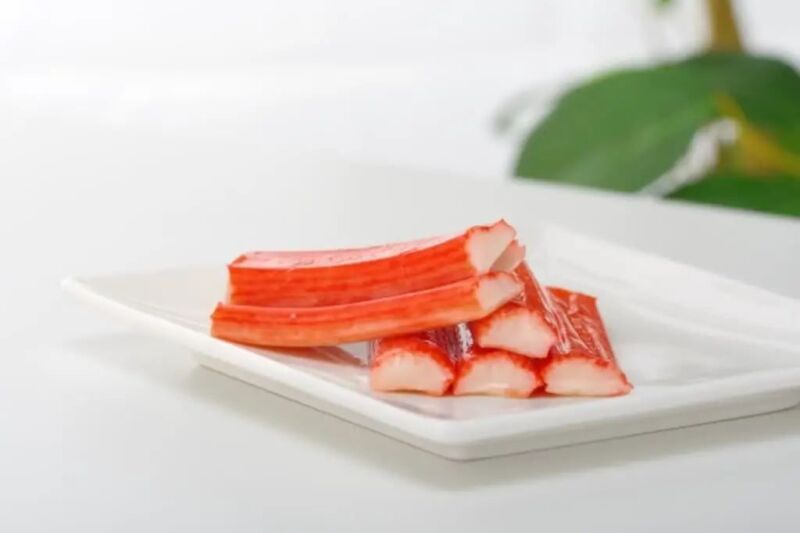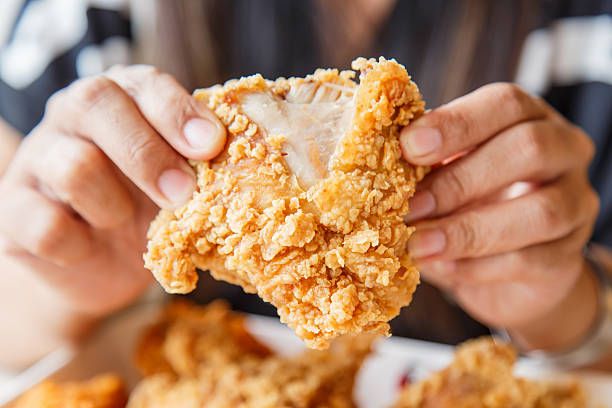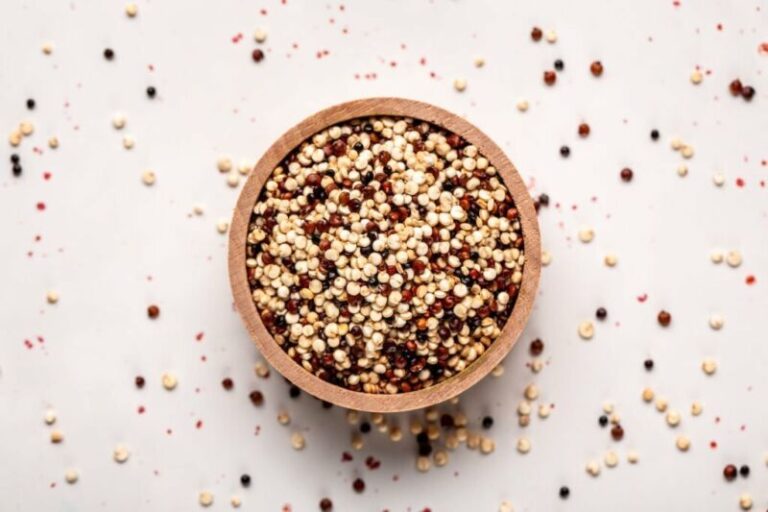How to Cook Imitation Crab Meat at Home
Crab meat is often seen as a delicacy or seasonal treat due to its sweet flavor and luxurious texture. However, fresh crab can be quite expensive and not readily available year-round in many areas. That’s where imitation crab meat comes in as an affordable and accessible alternative to enjoy the taste of crab without breaking the bank.
What is Imitation Crab Meat?
Imitation crab meat, sometimes called crab sticks, crab legs, or krab, is made from surimi which is minced fish that has been washed and pulverized into a paste. The most common types of white fish used for surimi are pollock, cod, and hake. Once processed, surimi is combined with binders like egg whites or starch to enhance the texture. Sugar, salt, sorbitol, sodium tripolyphosphate, and natural flavors are also added to mimic the sweet taste of real crab meat. The surimi mixture is then shaped into various forms like chunks, shreds, or strips and colored orange with dyes to resemble cooked crab when finished.
A Brief History of Imitation Crab Meat
The origins of surimi date back centuries in Japan as a means to avoid wasting fish by-products. Fish meat was minced and pulverized to create a versatile paste called surimi that could be shaped into fish cakes and other products. The additions of starch, egg whites, and sugar in the 1960s allowed surimi to take on a texture even closer to crab meat. Manufacturers recognized the potential to market surimi to consumers as a budget-friendly alternative to pricey crab. Imitation crab meat grew popular in Japan and eventually made its way to the United States seafood market in the 1980s where it became a staple ingredient.
Today, surimi and imitation crab products have ballooned into multi-million dollar industries in Japan, the United States, and globally. Hundreds of thousands of tons are produced annually to keep up with demand!
How to Cook Imitation Crab Meat

The great news about imitation crab meat is that it’s fully cooked during processing, so no extensive preparation is required. There are a few easy methods to gently heat up imitation crab meat while retaining moisture and avoiding drying it out.
Microwaving
Microwaving is my go-to for quickly warming up a portion of imitation crab meat. Simply place the crab meat on a microwave-safe plate and heat in 20-30 second intervals at 50% power. The lower power setting prevents the imitation crab from rubberizing or drying out. Check after each interval, stirring gently, until heated through.
Stovetop
For heating larger batches, the stovetop allows more even warming. Place the crab meat in a skillet or saucepan with a couple tablespoons of water or seafood broth. Warm over low heat, stirring periodically, until heated through, about 3-5 minutes. The liquid helps retain moisture and prevent the imitation crab from drying out.
Steaming
Steaming is ideal when adding imitation crab meat to dishes like seafood salads or California rolls. Place the crab meat in a single layer on a plate or steamer basket. Steam for about 3-5 minutes, allowing extra time for larger quantities. The steaming cooks the crab meat just enough to incorporate into recipes.
Adding Imitation Crab Meat to Meals
From salads to pastas, stir-fries, and appetizers, imitation crab meat is a versatile ingredient to keep stocked in your freezer. Here are some of my favorite ways to utilize it:
Seafood Salads & California Rolls
Steaming imitation crab meat works perfectly to gently warm it before tossing into seafood salads or wrapping in California rolls. The touch of heat helps blend flavors.
Pastas & Stir-Fries
Imitation crab meat can be tossed into pasta dishes or stir fries after the main cooking is complete. Just warm it through by mixing with the hot pasta, sauce, or stir-fry to heat.
Dips & Hot Casseroles
For creamy dips, chowders, or hot casseroles, allow the ingredient cooking time to warm through the imitation crab meat completely.
Crispy Crab Sticks
For an extra crispy treat, you can coat imitation crab sticks with panko bread crumbs and quickly fry until golden brown. Remove from oil as soon as the coating achieves a golden color.
Enjoying Imitation Crab Meat at Home
With its mild seafood flavor and affordable price point, imitation crab meat makes a tasty alternative to real crab for everyday cooking. There’s no need to limit crab dishes to special occasions when you keep imitation crab meat stocked in the freezer! With just a quick defrost and gentle warming, you can enjoy the delicious taste of crab cakes, seafood salads, sushi rolls, and more.
Have fun getting creative with recipes utilizing imitation crab meat as the star ingredient or as a supporting player. I hope these tips help you make the most of this handy pantry item!






